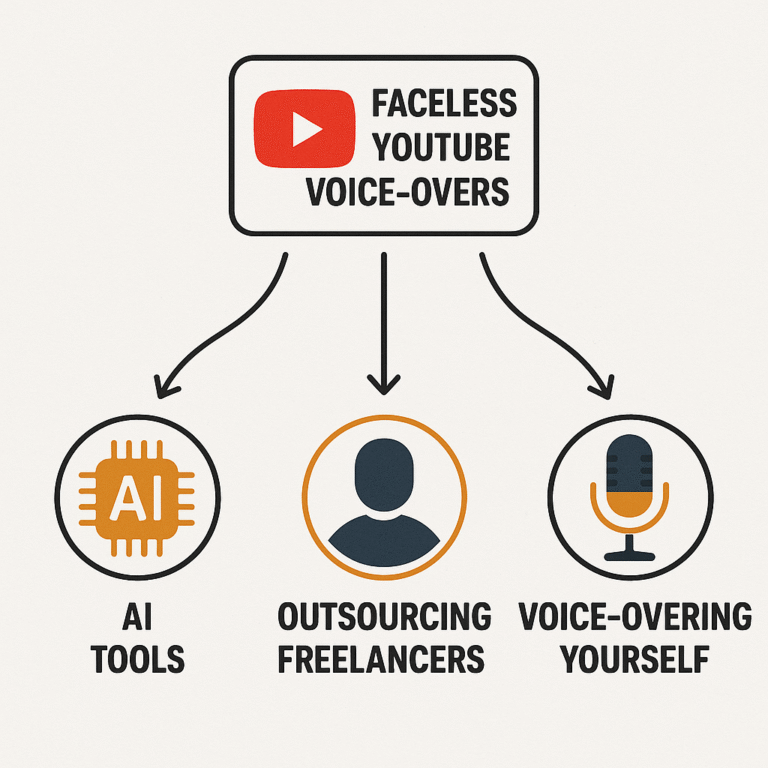If you want to learn 3D modeling fast, this guide gives you 20 simple tips that work even if you are new. You will set up your software the smart way, practice with short exercises, and build good habits that make you faster every week. We keep the language clear and the steps small so you can see quick wins and stay motivated. You can use Blender, Maya, or any other tool. By the end, you will have a repeatable routine that turns confusion into steady progress.
For extra help on how to learn faster, check out our internal guide on Learning Strategies for Students. It pairs well with the routines below and keeps your study time focused.
Get set up the smart way
- Choose one tool and commit for 30 days
Pick one app and stick to it for a month. This focus helps you learn 3D modeling fast because your brain is not switching layouts and shortcuts every day. Blender is a solid free choice. If you go Blender, start with the official docs on navigation and viewport basics. Maya users can review Autodesk’s guide to navigation and selection. - Learn navigation and viewport controls first
Your speed comes from the basics. Spend one session only on orbit, pan, zoom, and snapping. Do quick drills like orbiting around a cube and zooming to a face or edge. This tiny investment helps you learn 3D modeling fast because you stop fighting the camera. - Set project units and real world scale
Turn on metric or imperial and stick to it. Make a simple size chart with a 1 meter cube or a 10 cm cube as a reference. Correct scale makes lighting, physics, and UVs easier. Blender users can check scene units. Maya users can confirm working units. - Build a reference folder and a mood board
Collect clear photos from multiple angles before you model. Use a tool like PureRef or a simple folder. Label images by front, side, back, and detail. Good references help you learn 3D modeling fast because you do less guessing and more building.
Master the modeling fundamentals
- Block out with primitives before adding detail
Start with cubes, spheres, and cylinders. Match the big shapes first. When the silhouette looks right, only then add smaller parts. This keeps you fast and avoids messy edits later. - Keep clean topology with quads and edge loops
Aim for four sided faces and clear edge flow around curves and joints. Good topology deforms better and shades cleaner. Read the Blender guide on edge loops and face loops and the overview of topology basics. These ideas apply in every app. - Use non destructive modifiers to iterate faster
Mirror, Array, and Subdivision help you try ideas without destroying your base mesh. Keep a low poly control cage, then stack modifiers to test forms. Blender’s Modifier list is a great place to learn what to use and when. - Practice proportion with simple household objects
Model a mug, a spray bottle, a desk lamp, or a game controller. Measure once with a ruler. Matching real sizes and angles trains your eye. This is a fast way to learn 3D modeling fast because you get instant feedback when something looks off.
To keep building general skills alongside 3D, browse our Skill Building Tutorials. Pick one study habit that supports your modeling routine.
Daily practice that compounds
- Do one 30 minute speed model each day
Set a timer for 30 minutes. Pick one small object and block it out. Stop when the timer ends. Short, daily reps help you learn 3D modeling fast because they keep your hands and eyes in shape without burnout. - Copy, then create
Remake a simple product you find online, like a water bottle or phone stand. Then make your own version with one or two changes. Copying teaches you the shapes. Creating teaches you decisions. - Limit scope with tiny scenes and dioramas
Instead of a full room, make a small corner with 3 to 5 assets. Finish it with basic materials and a clean render. Finishing often beats starting big. It also helps you spot gaps in your workflow. - Schedule a weekly rebuild from scratch
Pick one model you made this week and rebuild it without looking at the old file. You will do it faster and cleaner the second time. This locks in muscle memory.
For time management, try short focus blocks and simple checklists. If you use Blender, the Quick Favorites menu can speed up common steps so your daily practice stays smooth.
Workflow speed boosts
- Learn essential hotkeys and make a cheat card
Speed starts at the keyboard. List the 20 to 30 commands you use daily and keep them on a small card by your monitor. This habit helps you learn 3D modeling fast because every action takes fewer clicks. See Blender’s keymap overview and customization in the manual, and Maya’s Hotkey Editor for setting your own.
Outbound references: Blender Keymap, Maya Hotkey Editor
- Create custom tool shelves and favorites
Put your most used tools one click away. In Blender, add actions to Quick Favorites and save a workspace that suits modeling. In Maya, set up custom Shelves for modeling, UV, and cleanup tools. This trims seconds from every step, which adds up quickly.
Outbound references: Blender Workspaces, Blender Quick Favorites, Maya Shelves - Kitbash with a reusable parts library
Save clean bolts, screws, handles, cables, and simple greebles. Use them to block details fast without remodelling the same pieces. Blender’s Asset Browser and Maya’s Content Browser make this simple. This is a fast path to learn 3D modeling fast because you spend time designing, not rebuilding basics.
Outbound references: Blender Asset Browser, Maya Content Browser - Name objects clearly and use collections to stay organized
Good names and tidy groups stop you from getting lost in your own file. Use simple rules like object_material_version. Put assets into Collections in Blender or groups in the Maya Outliner. Clean scenes render and export with fewer surprises.
Outbound references: Blender Outliner and Collections, Maya Outliner
For more habit building that supports speed, browse our internal Skill Building hub and pick one routine you can apply today.
Surface, light, and render the simple way
- UV unwrap early and fix stretching on the spot
Do a quick unwrap as soon as the main shapes are set. Check the grid and correct stretching while the mesh is simple. Early UV work helps you learn 3D modeling fast because you avoid painful fixes later.
Outbound references: Blender UV Unwrapping, Maya UV Editor - Use basic PBR materials and a small, tidy texture set
Start with one Principled BSDF or Standard Surface. Keep textures light: base color, roughness, normal, and optional metallic. Simple materials render faster and make issues easy to spot.
Outbound references: Blender Principled BSDF, Arnold Standard Surface in Maya - Light with one HDRI plus a key light to read forms
Drop in an HDRI for ambient light, then add a key light to shape the model. Keep the setup minimal so you can judge the geometry without fancy tricks.
Outbound references: Blender World Environment Texture, Poly Haven HDRIs - Run a pre render checklist
Before you hit render: apply scale, check face orientation, fix flipped normals, confirm UV seams, and set a clean camera angle. These checks save hours.
Outbound references: Blender Apply Scale, Blender Face Orientation and Normals, Maya Normals
If you want a quick refresher on practice structure, our Skill Building Tutorials page has short guides you can apply to your study blocks.
Common pitfalls to avoid
- Overdetailing before the blockout is solid
Tiny bevels cannot hide bad proportions. Lock the big shapes first to learn 3D modeling fast without rework. - Switching software every week
Pick one app for at least 30 days. Depth beats hopping. - Hoarding tutorials without making small projects
Watch one lesson, then build one object. Finish often. Finishing teaches more than watching. - Ignoring naming and scene order
Messy files slow you down and cause export issues. Clean as you go. - Skipping UVs until the end
Late UV work is slow and frustrating. Unwrap early while the mesh is simple. - Rendering with five lights and no plan
Use one HDRI and one key to start. Add lights only if they serve a clear purpose.
Quick FAQ
How long until I can model basic objects?
If you practice 30 minutes a day, most beginners can model simple objects in 2 to 4 weeks. Short, daily reps help you learn 3D modeling fast without burning out.
Is Blender enough for beginners?
Yes. Blender is free, powerful, and widely used. Start with the official guides for a clean setup and faster progress: Blender Quick Start and Modeling Overview. If you prefer Maya, see Autodesk’s Modeling basics.
Do I need a powerful PC to start?
You can begin on a modest machine, then scale up later. Check the official requirements to plan upgrades: Blender requirements and Maya system requirements. Keeping scenes light and using simple materials also helps you learn 3D modeling fast on older hardware.
Should I learn sculpting before hard surface?
No. Pick one path and build confidence first. If you choose hard surface, stick to boxes, cylinders, and clean topology for a month. If you choose sculpting, learn core brushes and forms. Blender’s Sculpting workspace is a good starting point.
Which file formats should I use to share models?
Use formats that are easy to preview and exchange. Try FBX or glTF for real time work, and OBJ for simple geometry. Blender’s export docs explain each option: Importing and exporting.
Need help staying consistent with practice sessions? Visit our Learning Strategies for Students page for simple study habits you can plug into your 3D routine.
7 Day Challenge
You are ready to learn 3D modeling fast with a simple 7 day challenge. Keep sessions short, finish tiny projects, and review your wins.
Your 7 day mini challenge
- Day 1: Set units, build a reference folder, and learn navigation.
- Day 2: Block out a mug with primitives.
- Day 3: Rebuild the mug faster and cleaner.
- Day 4: UV unwrap the mug and apply a basic PBR material.
- Day 5: Light with one HDRI and one key light.
- Day 6: Speed model a small tool like a tape measure in 30 minutes.
- Day 7: Render both models, write three notes on what to improve next week.
Keep momentum by picking one small object every day next week. For simple study frameworks that multiply your progress, explore our Skill Building Tutorials. If you want a deeper dive into Blender, use the official Manual home and save it as a quick reference.



